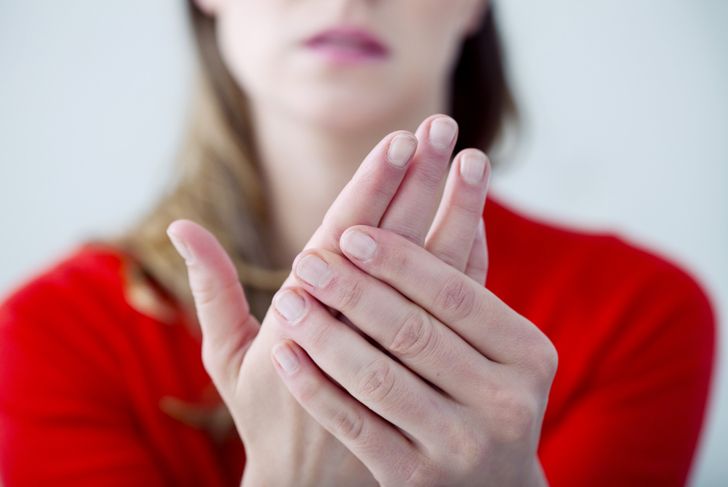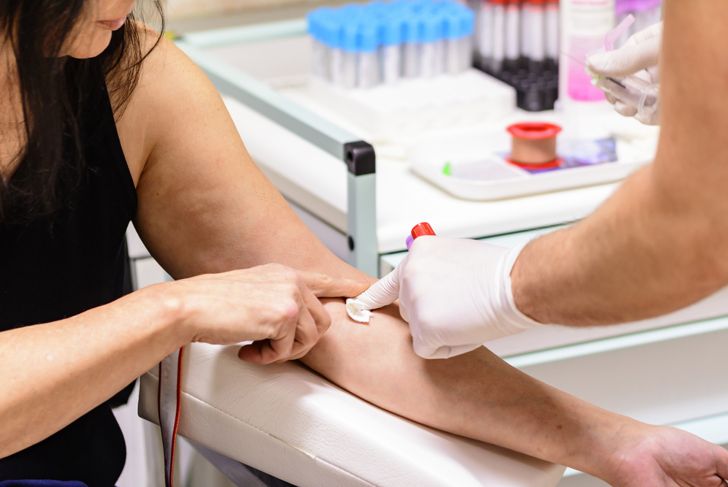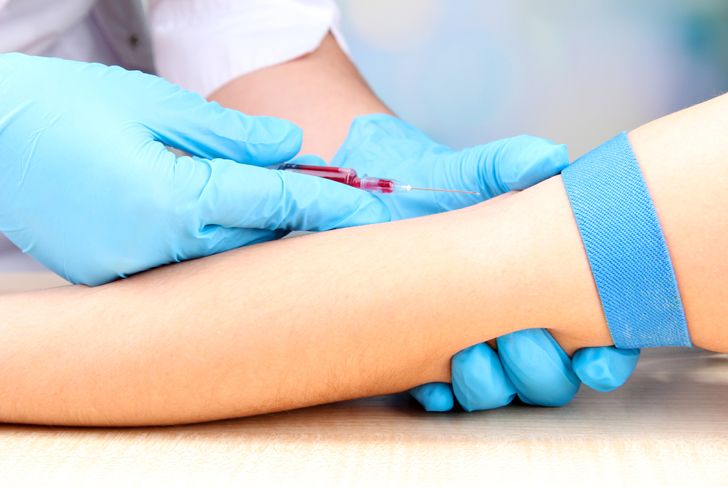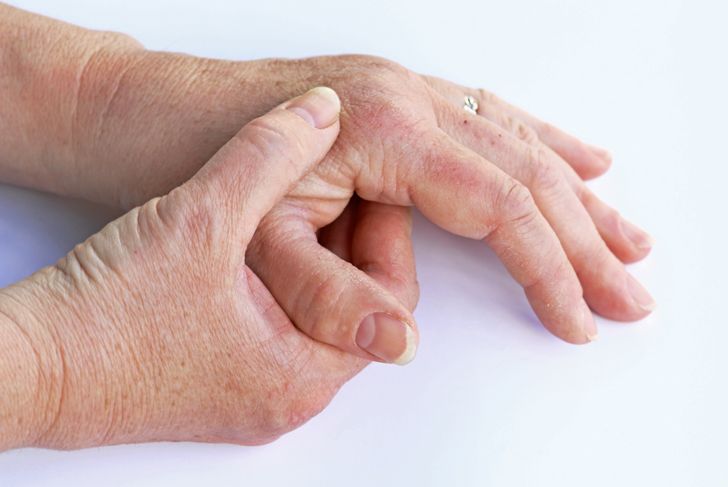Raynaud’s disease is a type of disorder that affects the small blood vessels. It causes a problem with the vessels in the extremities, and it results in reduced blood flow. When you’re exposed to cold temperatures, the blood vessels start to spasm. This causes tingling, numbness, throbbing or even pain. Such responses may also come from emotional distress. Typically, the fingers are the most affected by the disease. But you may also feel the symptoms in your toes, ears, and other extremities. Usually, the fingers turn blue, white or both within minutes of exposure to cold. Then when you warm up, they become red. The unusual color change is a distinct symptom of the condition. Here are some FAQs about Raynaud’s Disease.
What are the major types of Raynaud’s disease?
There are two major types of Raynaud’s disease, and the common type is Primary Raynaud’s. It isn’t usually associated with an underlying condition. There’s no specific cause for this condition to occur. This type isn’t disabling, but it can cause severe discomfort and pain. Because of this, you may need to make some lifestyle adjustments. The other type is Secondary Raynaud’s, and this one is usually linked to another medical condition. Often, it occurs with scleroderma, rheumatoid arthritis, lupus, and other similar diseases. Those suffering from this type may experience more severe issues such as skin ulcers and gangrene.
How do you know which type of the disease you have?
The best way to determine which type of Raynaud’s disease you have is to have yourself checked. As a first step, the doctor will examine you and look for any signs of an underlying condition. Usually, you’d have to undergo a blood test known as the antinuclear antibody test or ANA. If the results come back as negative, then you may have Primary Raynaud’s. Unfortunately, it may take a very long time for the symptoms of the disease to develop. Because of this, the doctor may require you to have a follow-up check-up. This is important so you can catch the symptoms as soon as they develop.
What causes the condition?
Raynaud’s Disease has a lot of triggers. All these make the symptoms appear, but the leading cause of the condition remains unknown. However, there has been a frequent link between the disease and many autoimmune diseases. Raynaud’s may occur before those diseases by years. This disease may also serve as an indication of damaged blood vessels. This may happen because of trauma or injury. It may also occur because of unhealthy habits such as drug use or excessive smoking. Finally, the damage may also be a result of exposure to toxic chemicals and substances.
How common is Raynaud’s Disease?
This disease is quite common as it affects as much as 10% of the population. Fortunately, the majority of those suffering from the condition only have the Primary type. For some reason, most patients suffering from Raynaud’s are women. Although it’s prevalent, there isn’t much awareness about the condition. For most people, the symptoms are subtle and not very troublesome. Because of this, they may just think that they’re sensitive to the cold. So they don’t go to the doctor to have themselves checked. Usually, those who have painful or severe symptoms are the only ones who consult with their doctor.
How do doctors diagnose the disease?
Usually, the doctor would ask the patient to describe the symptoms he/she experiences. This is one of the first steps doctors do during diagnosis. The patient describes the color changes which happen after exposure to cold. To see the actual effect, the doctor may immerse the patients hand in ice water. However, this test doesn’t always work. Doctors may also perform some blood tests on the patient. They use the results from the tests in their diagnosis. Through the tests, they can discount the presence of the auto-antibodies. These are typically associated with the disease.
What type of doctor diagnoses and treats Raynaud’s Disease?
The best type of doctor to consult with for Raynaud’s disease is a rheumatologist. They are the most knowledgeable because they treat conditions of the connective tissues. These diseases are the closest ones to Raynaud’s Disease. These doctors also have a better comprehension of the issues patients with the disease face. They also have the best answers concerning treatment. Usually, patients consult with general physicians. But when they have a particular illness, the doctor would refer them to a specialist. In this case, then your doctor may refer you to a rheumatologist.
What is the best treatment for Raynaud’s disease?
There’s no single way to treat Raynaud’s disease and provide relief forever. However, a lot of experts agree on the best way to handle is to avoid stress and exposure to cold temperatures. Of course, such measures aren’t always practical so people often ask about medications which they can take to alleviate the condition. Unfortunately, there aren’t any medications which will eliminate the symptoms of Raynaud’s disease. But there are some pharmaceuticals which can reduce the frequency or severity of the symptoms. Such drugs work by dilating the blood vessels so that the blood can circulate more freely. Before taking any medications though, make sure to consult with your doctor first.
When do you need to consider surgery?
Usually, surgery is the very last option for treatment. People who need surgery are already experiencing extreme pain caused by the condition. In such cases, you may need to undergo a digital sympathectomy. However, this treatment isn’t always effective, and the benefits aren’t long-lasting. Of course, those with severe Raynaud’s can get great relief from the procedure. Raynaud’s disease isn’t progressive, but it does get worse with each episode. For some lucky people, the condition may improve over time. When it worsens though, it’s not a sign that the underlying disease is worsening too.
How serious is the condition?
Most of the time, the disease isn’t severe. It’s more of an annoyance of inconvenience rather than a real illness. When the condition isn’t critical, then you may have primary Raynaud’s. Most people who get this disease develop it before they reach the age of 40. For some unlucky people though, the condition may be an indication of a more serious disease. This is the second type of Renaud’s, and it may appear after the age of 40. Anyone who notices the symptoms of the disease should consult with a doctor.
What lifestyle changes can you do to reduce the effects of the disease?
There may be some lifestyle changes you can employ to help reduce the effects of the disease. The most important thing you can do is to avoid exposure to cold temperatures. Stay warm by dressing in layers. Also, try to avoid places with air conditioning or even breezes. Also, you should consider kicking the smoking habit. Nicotine is a potent vasoconstrictor which may aggravate the condition. Finally, you can avoid certain medications such as decongestants, amphetamines, and beta-blockers.

 Home
Home Health
Health Diet & Nutrition
Diet & Nutrition Living Well
Living Well More
More




















